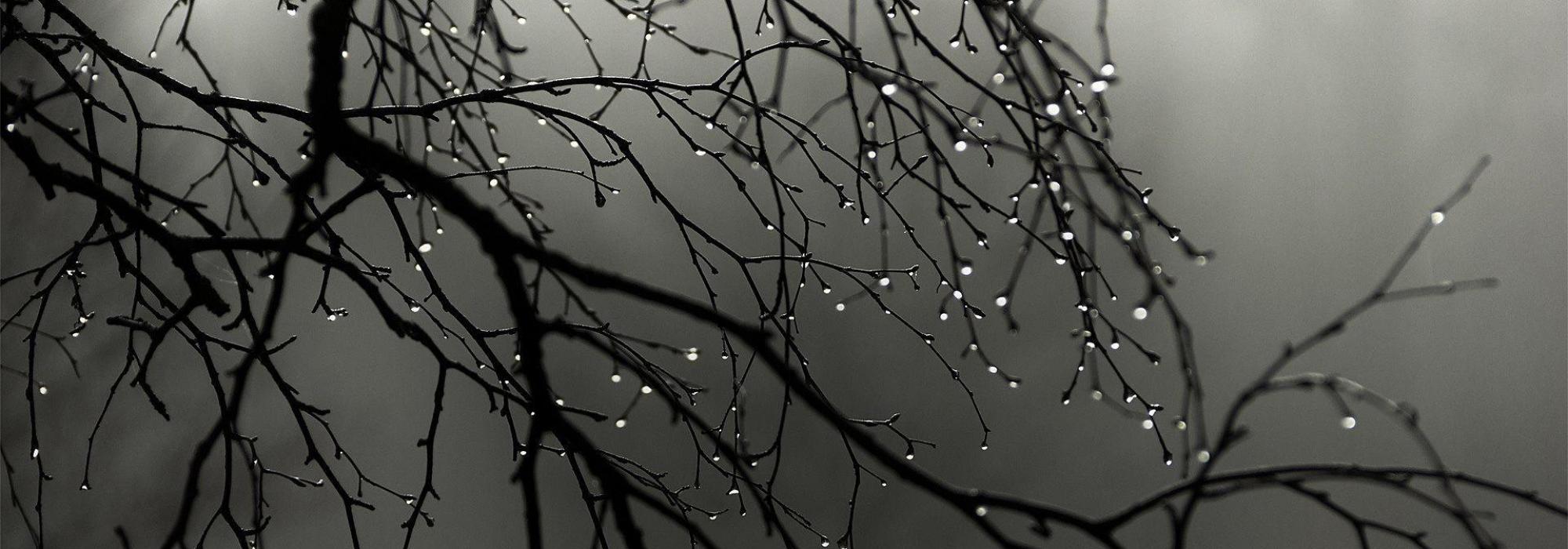After introducing the major characters, Śūdraka has gone on to describe the nucleus of his story in all its complex shades. Keeping this in mind, let us try to understand the extent of scope that a social play offers to various rasas. According to Indian dramaturgy, a prakaraṇa involving commonfolk is not the best type of play to delineate the heroic mood, vīra-rasa. Vīra is typically the forte of nāṭaka, the ‘prototype play’ that involves deities and humans. This is borne out by common experience: the lives of ordinary people are more suited to such moods as love (śṛṅgāra), pathos (karuṇa) and humour (hāsya), than valour (vīra) and wonder (adbhuta). Śūdraka has hinted at this in the phrase suratotsavāśraya.
The phrase explicitly mentions love. Broadly speaking, love makes its presence felt in two kinds of circumstance: when lovers are united (sambhoga) and when they are separated (vipralambha). Humour plays a supporting role to love when lovers are united. Pathos does the same when they are separated. The significance of these three rasas—love, humour and pathos—to a social play is now evident.
The phrases khala-svabhāva and vyavahāra-duṣṭatā indicate the impediments to love and lovers. Impediments such as these generally cause fury (raudra) and disgust (bībhatsa). In the context of the present play, the prakaraṇa-structure would have remained unaffected even if the characters were not to experience fury and disgust, prompted by wicked people and the cruel affairs of the world. But the poet has thought it fit to bring in these rasas. What might be the reason?
It is to place the love story of two people against the backdrop of socio-cultural vagaries and thereby give a public dimension to a personal play. What would have otherwise been a private affair has now become a collective phenomenon. And that is how the influence of fate is made manifest. What would happen if the happenstances in the everyday lives of common people were to befall an entire country? The poet has inimitably pictured this unsettling possibility.
He does not stop there. In his vision, pure love eventually triumphs. If the golden dreams of a country are to come true, the common run of its people should become noble and altruistic. Śūdraka suggests this in the phrase naya-pracāra.
In this manner, the poet has captured in this small verse the essence of the tri-varga – dharma, artha and kāma. The play itself appears to be a commentary on the aphoristic pronouncements of this verse. Because of these reasons Mṛcchakaṭika has become a play par excellence on par with the greatest of epic poems.
A poet who knows his craft well will model his story in line with the goals of human life, the puruṣārthas. Doing so is one of the foremost responsibilities of the poet. If the poet falls prey to false ideals in this process, he will not be able to effectively describe cruelty, perniciousness, charlatanism and similar motives of ill-will. This inability will in turn make the descriptions of love, virtue and fate unconvincing – as feeble and fragile as children’s toys.
To speak in terms of a metaphor, the objective of the tree of poetry is to have its roots deep inside the soil of reality and extend its branches filled with flowers and fruits in the sky of ideals. Mṛcchakaṭika has accomplished this. That many other poems and plays composed in Sanskrit and other Indian languages failed to do so is unfortunate.
Kālidāsa
Kālidāsa has given us many insights into poetry in the prologues of his three plays. We may examine them one by one. Let us begin with Mālavikāgnimitra.
A tug of war between uncertainty and confidence typically takes place within an upcoming poet. The opposing pairs of factors that work on either side are popularity and obscurity, antiquity and modernity, and so on. An upcoming poet feels that masters of the past are both guideposts and roadblocks, that the poetic tradition is both helpful and obstructive.
As far as Indian literature is concerned, Kālidāsa has attempted to reconcile these thoughts in this manner:
पुराणमित्येव न साधु सर्वं
न चापि काव्यं नवमित्यवद्यम्।
सन्तः परीक्ष्यान्यतरद्भजन्ते
मूढः परप्रत्ययनेयबुद्धिः॥ (Mālavikāgnimitra, 1.2)
Every old poem is not good because it is old. New poems are not bad because they are new. Sound critics choose one or the other after careful examination. The blockhead lets others think for him. (Guided by C H Tawney’s translation.)
Kālidāsa appears to be justifying his play to himself. He seems to be affected by this thought: “Will the spectators wish to see a play by me, an upstart, when there are compositions by accomplished poets such as Bhāsa, Saumilla and Kaviputra? Will my play be received well?”
Shifting the focus from the personal to the collective, we may understand these as the doubtful thoughts of the connoisseurs of Kālidāsa’s day. In the poet, such uncertainties show up as lack of confidence; in the connoisseurs, they manifest as indifference. Kālidāsa appears to know all this. He seems to have composed this bold verse after much thought. The verse expresses his confidence and records his constructive retaliation.
This is an English adaptation of Śatāvadhānī R. Ganesh's Kannada work, Saṃskṛtakavigaḻa Kāvyamīmāṃse. To read the original click here.
To be continued.
















































